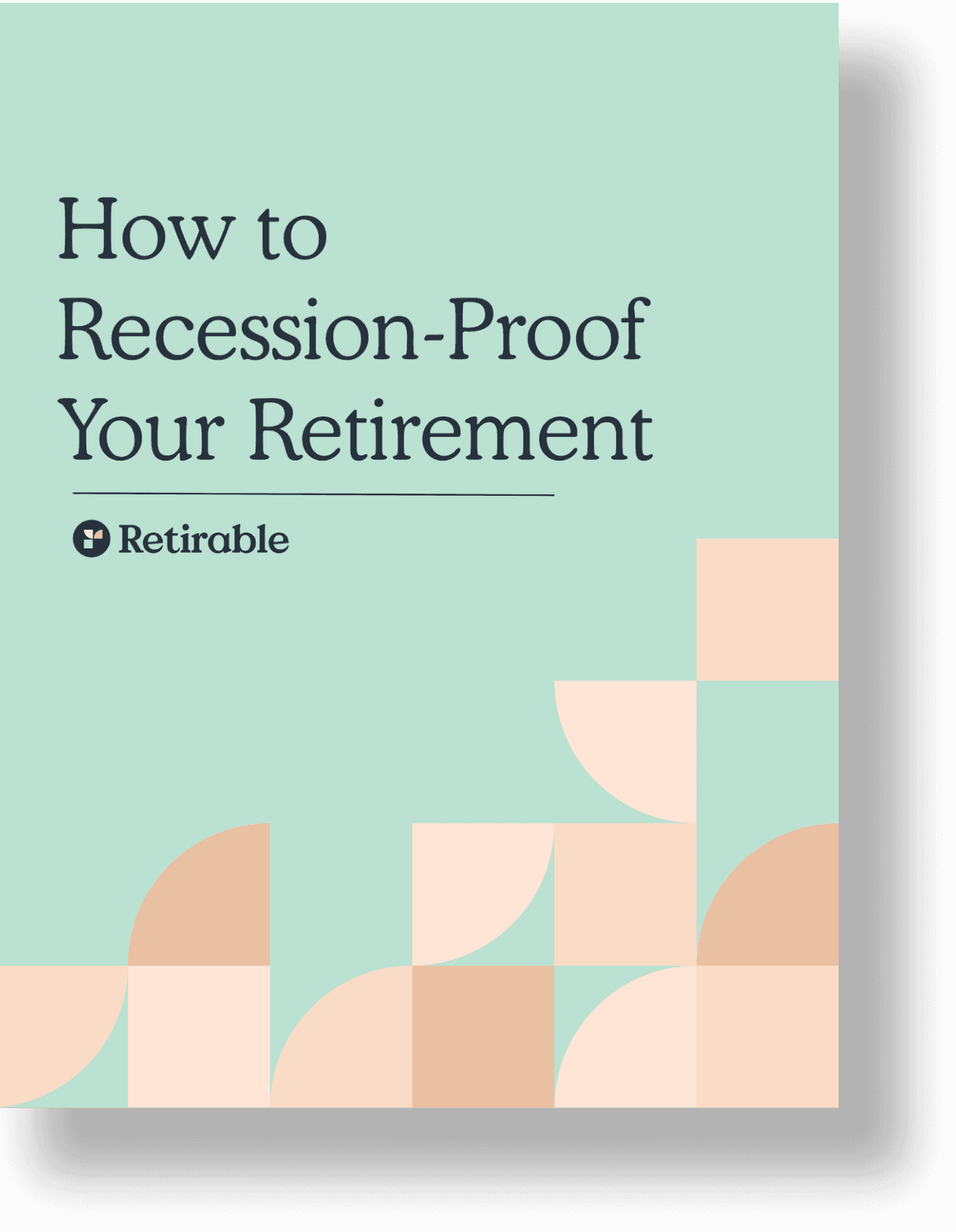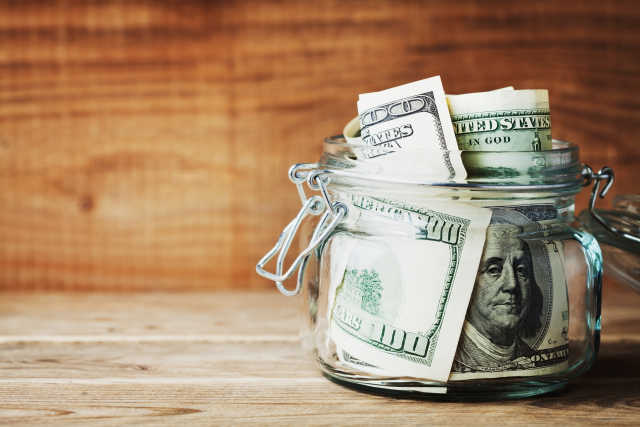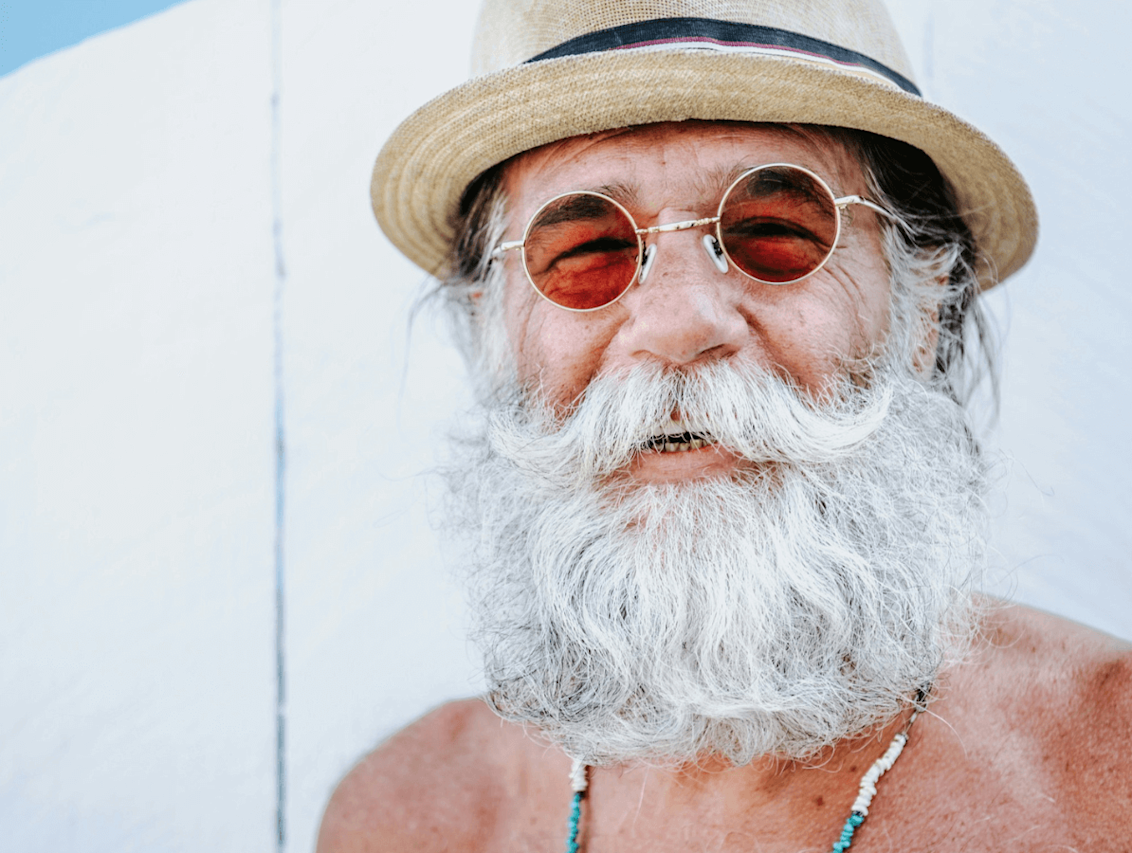Retirement Accounts
A penny saved is a penny earned. If you save all your life for retirement, it stands to reason that eventually, you’ll use that money, but did you know there are rules around when and how much money you need to take out of your retirement accounts? At some point before the first April 1st, after you turn 73, you have to put those funds in your savings due to laws mandating distributions.

R. Tyler End, CFP®
•
Published December 2nd, 2024
•
Updated February 1st, 2025
Table of Contents
Key Takeaways
After retirement, you’ll eventually need to start taking money out of your traditional IRA, 401(k), and 403(b) accounts, known as Required Minimum Distributions.
As of 2023, the age for mandatory RMDs has been increased from 72 to the April 1st following turning 73.
The IRS has a worksheet that will help you calculate your RMD, but it’s a simple formula.
A penny saved is a penny earned. If you save all your life for retirement, it stands to reason that eventually, you’ll use that money, but did you know there are rules around when and how much money you need to take out of your retirement accounts? At some point before the first April 1st, after you turn 73, you have to put those funds in your savings due to laws mandating distributions.
These withdrawals, known as Required Minimum Distributions, or RMDs, will make tax time a little costlier once you hit your 70s. By understanding the requirements, you can prepare in advance.
What Are RMDs (Required Minimum Distributions)?
Required Minimum Distributions (RMDs) are government-mandated withdrawals that individuals must start taking from their retirement accounts, such as 401(k)s, 403(b)s, and traditional IRAs, once they reach a certain age. These withdrawals are essential for retirement planning, as they ensure that the funds saved in tax-advantaged retirement accounts are eventually taxed during the account holder's retirement years.
Required Minimum Distributions apply to traditional IRAs, 401(k)s, and 403(b)s. Roth IRA accounts (and Roth 401(k) accounts, as of 2025) don’t have RMD rules because you’ve already paid taxes on your contributions.
The time to think about your retirement accounts is before the end of each year. According to new rules in the Secure Act 2.0 of 2022, you must withdraw the minimum amount before the first April 1st, after you turn 73, to avoid a 25% penalty at tax time. Starting on January 1, 2033, the age for beginning to take RMDs rises to 75.
The problem for many retirement account holders is that it can be challenging to know how many accounts you have hanging around, waiting to come back to haunt you. You may have inherited an IRA you forgot about at some point, or you may have a 401(k) or 403(b) with a long-ago employer that slipped your mind. Whatever the case, you’ll need to track down all those accounts before you reach the IRA, 401(k), and 403(b) withdrawal age to avoid the penalty.
The tax penalty is added to the taxes you’ll have to pay on the amount required to take out. If you miss an IRA RMD, you might be able to reduce the penalty to 10% if you can correct the deficiency quickly and refile your taxes.
Once you’ve gathered information on all your accounts, set up automatic withdrawals to ensure you never have to pay that penalty. It may be easier to roll your accounts into one, though you should note that you only get one tax-free indirect IRA rollover per year and plan accordingly. Most investment brokerages can work with you to simplify this process, such as scheduling automatic IRA distributions by bank transfer or a mailed check. You can set up your account to send the payments annually, monthly, or following your schedule.
Special Circumstances
A couple of particular circumstances don’t follow the standard RMD rules.
- Roth accounts: As of 2025, Roth IRAs and Roth 401(k) accounts are not subject to RMDs, as taxes have already been paid on these accounts. In addition, if the owner of a Roth account dies, the RMD does not need to be taken until after their death.
- Qualified plans: Some qualified plans allow participants to defer their RMD date, even if they are age 73 or older. These deferments are typically only allowed with plans at the employer's workplace, not plans from previous employers or IRAs. Be sure to contact your plan provider to understand the rules around RMDs.
Example calculation of a Required Minimum Distribution (RMD)
The easiest way to learn how RMDs work is to calculate one for yourself.
This calculation is pretty simple. The simple way is to use the tables provided with each year’s tax forms. The IRS worksheets are based on the 72-year RMD IRA, 401k, and 403(b) withdrawal ages—which predate the revised Secure Act of 2022—but the basic concept is the same.
First, calculate how much you had in your tax-deferred retirement accounts as of December 31 of the previous year. Then, find your age on the IRS uniform lifetime table below and the corresponding “distribution period”—the distribution period is an estimate of the number of years the IRS expects you will be taking RMDs (i.e. your life expectancy). For example, if you are 73, the distribution period is 26.5 years.
Next, divide the balance by the distribution period. Let’s say you have $200,000 combined in your tax-deferred retirement accounts. $200,000 divided by 24.7 is $7,547—the amount you must withdraw. If you are in the 25% combined state and local tax bracket, expect to pay $1,886.75 in taxes on your required minimum distribution.
Although there are 401(k), IRA, and 403(b) minimum distribution amounts, there are no maximums. You can empty the entire account once you reach the age of 59½ without penalty. However, those withdrawals will be taxed as ordinary income, so plan carefully before taking withdrawals.
RMD Distribution Periods
Below, you’ll find the distribution periods for all ages between 73 and 90. You can use this chart to learn your RMD at a certain age.
| Age | Distribution Period |
|---|---|
| 73 | 26.5 |
| 74 | 25.5 |
| 75 | 24.6 |
| 76 | 23.7 |
| 77 | 22.9 |
| 78 | 22.0 |
| 79 | 21.1 |
| 80 | 20.2 |
| 81 | 19.4 |
| 82 | 18.5 |
| 83 | 17.7 |
| 84 | 16.8 |
| 85 | 16.0 |
| 86 | 15.2 |
| 87 | 14.4 |
| 88 | 13.7 |
| 89 | 12.9 |
| 90 | 12.2 |
Required Minimum Distributions vs Inherited Individual Retirement Accounts (IRAs)
The rules around RMDs change with inherited IRAs. Here’s what you need to know:
- If you are a designated beneficiary, you must follow the RMD rule and calculation that would be applied to the account owner the year they died.
- Alternatively, if you are the spouse of the deceased, you can choose to have the IRA rolled into your own account; the new RMD would be based on your age—so if you are younger than 59 ½, you would not be able to make withdrawals without paying a tax penalty.
- Eligible Designated Beneficiaries define a particular category of beneficiaries, including minors, the chronically ill, the permanently disabled, and/or a sibling/friend/other person not more than 10 years younger than the original account holder.
- Eligible Designated Beneficiaries can transfer the IRA into an Inherited IRA held in their name; EDBs can take a lump distribution of the entire account, withdraw the balance from the account over their own life expectancy as calculated by the distribution period, or follow the 10-year rule and empty the account by the end of the 10th year following the year of the account owner’s death.
RMD Penalties
Where there are rules, there are penalties. While you get extra time to take your first RMD (it starts in April following the year you turn 73), your following RMDs must be taken each calendar year. Let’s say you turn 73 in 2025. You could take your RMD the same year—December 31, 2025—or wait until April 1, 2026. If you wait, however, you’ll be required to take a second RMD in 2026 to fulfill your RMD for that year. This could push you into a higher tax bracket.
If you don’t take your RMD at the correct time, you will be subject to penalties. Since the Secure Act 2.0 passed, the penalty has dropped from 50% to 25% of the amount not withdrawn. So, if you were required to take an RMD of $3,000, you’d be required to pay a $750 tax penalty. If you can correct the error within two years, your penalty will drop to 10%. If the missed RMD was indeed a mistake and you can show that to the IRS and the corrective steps you are taking to resolve the issue, the IRS might waive the penalty altogether.
Questions about your retirement accounts? We're here to help.
Schedule your FREE Retirable consultation today.Frequently Asked Questions
You asked. We answered.
What are Required Minimum Distributions (RMDs)?
RMDs are the minimum amounts that the IRS requires you to withdraw annually from your retirement accounts, such as traditional IRAs, 401(k)s, and 403(b)s, once you reach a certain age. These rules are designed to ensure that individuals use their retirement savings during their lifetime and pay taxes on those funds.
At what age do I need to start taking RMDs?
Per the latest guidelines, you must start taking RMDs by April 1, the year after you turn 73. If you wait to take your RMD the year after you turn 73 rather than in the same year, you will need to take two RMDs that year, which could put you into a higher income bracket.
What accounts are subject to RMDs?
RMD rules apply to most tax-deferred retirement accounts, including Traditional IRAs, Rollover IRAs, SIMPLE IRAs, and most 401(k) and 403(b) accounts, whether sponsored by an employer or a self-employed plan. You do not need to take RMDs from your Roth IRA or Roth 401(k) as of 2024.
What happens if I don't take my RMD on time?
The IRS will penalize you if you don’t take your RMD on time. You will be subjected to a 25% tax penalty on the amount you did not withdraw. If you can correct the error within two years, the IRS will reduce the penalty to 10%. Mistakes do happen, of course, and if you can show the source of the error and the corrective steps you took, the IRS might eliminate the penalty.
Can I withdraw more than the RMD amount?
You can withdraw more than the RMD amount but can’t apply any excess over the RMD to future years. Remember, when calculating your withdrawal, the distribution will be taxable income—keeping your income low will help you pay lower taxes and keep your Medicare premiums down.
What if I have multiple retirement accounts?
If you hold multiple retirement accounts, you must calculate each account individually, but you can take your total calculated RMD amount from one account or a combination of accounts. In other words, calculate your RMD on each account, tally up the total, and then decide if you want to take the required minimum distribution from one account or several. If you’re confused, it’s best to talk to a Certified Financial Planner for advice on which account you should withdraw from first.
How are RMD amounts calculated?
The amount of your RMD is calculated by dividing the account balance as of December 31 of the previous year by a distribution period from the IRS’s Uniform Lifetime Table. Your age and account balance determine the exact amount you must withdraw each year.
What is the 4% rule for RMDs?
The 4% rule is one rule of thumb or guideline for how to spend your savings during retirement. It suggests that you add up all of your investments, and withdraw 4% of the total during your first retirement year. In subsequent years, you adjust the dollar amount to account for inflation. When using the 4% rule, your RMDs should be included in the total calculation of your savings and spending amount.
How do I avoid paying tax on my RMDs?
Since you can get an exception if you continue to work after your RMD age, working past 73 is one way to prevent being taxed on RMDs. Another option is to donate some of your distributions to a qualified charity. Qualified charitable distributions, or QCDs for short, let you transfer money from an IRA to an eligible not-for-profit organization. The distributions that have been transferred to a QCD are not taxable.
Share this advice

Tyler is a Certified Financial Planner® and CEO & Co-Founder at Retirable, the retirement peace of mind platform. Tyler has nearly 15 years of experience at leading companies in the wealth management and insurance industries. Before Retirable, Tyler worked as Head of Operations Expansion at PolicyGenius, expanding the company’s reach into new products — turning PolicyGenius into an industry-leading disability and P&C insurance distributor. Before working at PolicyGenius, Tyler worked as Wealth Management Advisor at prominent financial services organizations.
As an advisor, Tyler played an integral role in helping clients define goals, achieve financial independence and retire with peace of mind. Through this work, Tyler has helped hundreds of thousands of people get the financial planning and insurance advice they need to succeed. Since founding Retirable, Tyler’s innovative approach to retirement planning has been featured in publications such as Forbes, Fortune, U.S. News & World Report, and more.
Decumulation
Paycheck
Lifestyle Planning
Income Sources
Strategies
Taxes
Risks
Share this advice

Tyler is a Certified Financial Planner® and CEO & Co-Founder at Retirable, the retirement peace of mind platform. Tyler has nearly 15 years of experience at leading companies in the wealth management and insurance industries. Before Retirable, Tyler worked as Head of Operations Expansion at PolicyGenius, expanding the company’s reach into new products — turning PolicyGenius into an industry-leading disability and P&C insurance distributor. Before working at PolicyGenius, Tyler worked as Wealth Management Advisor at prominent financial services organizations.
As an advisor, Tyler played an integral role in helping clients define goals, achieve financial independence and retire with peace of mind. Through this work, Tyler has helped hundreds of thousands of people get the financial planning and insurance advice they need to succeed. Since founding Retirable, Tyler’s innovative approach to retirement planning has been featured in publications such as Forbes, Fortune, U.S. News & World Report, and more.
Free Retirement Consultation
Still have questions about how to properly plan for retirement? Speak with a licensed fiduciary for free.






